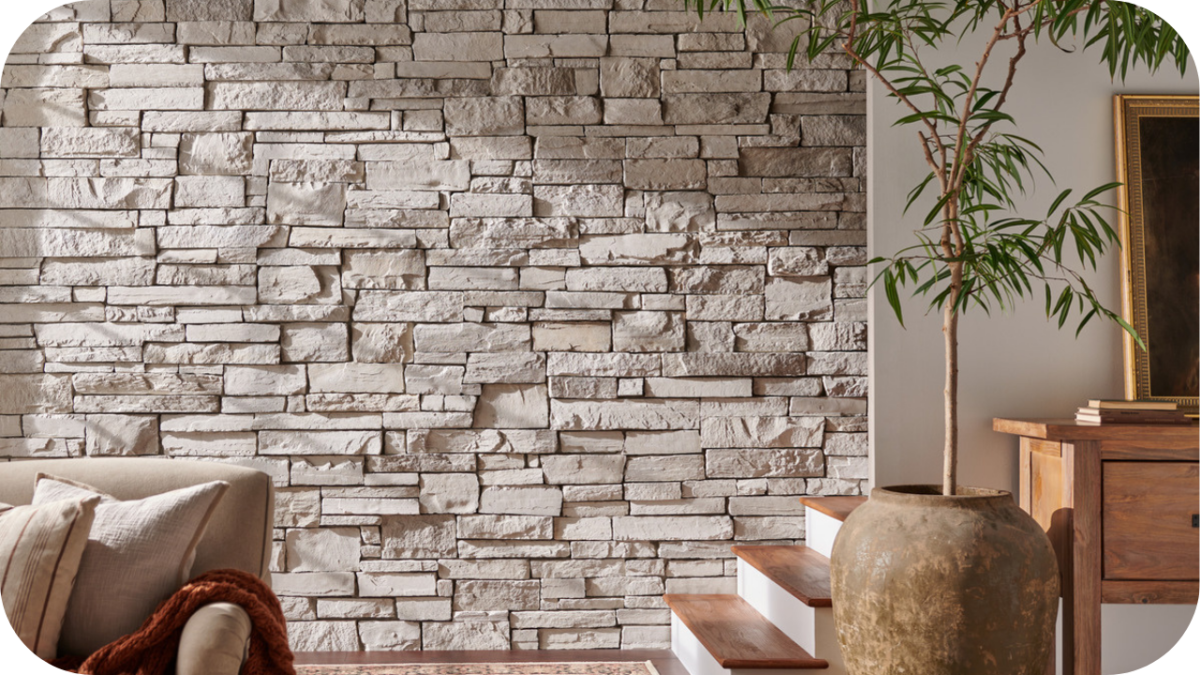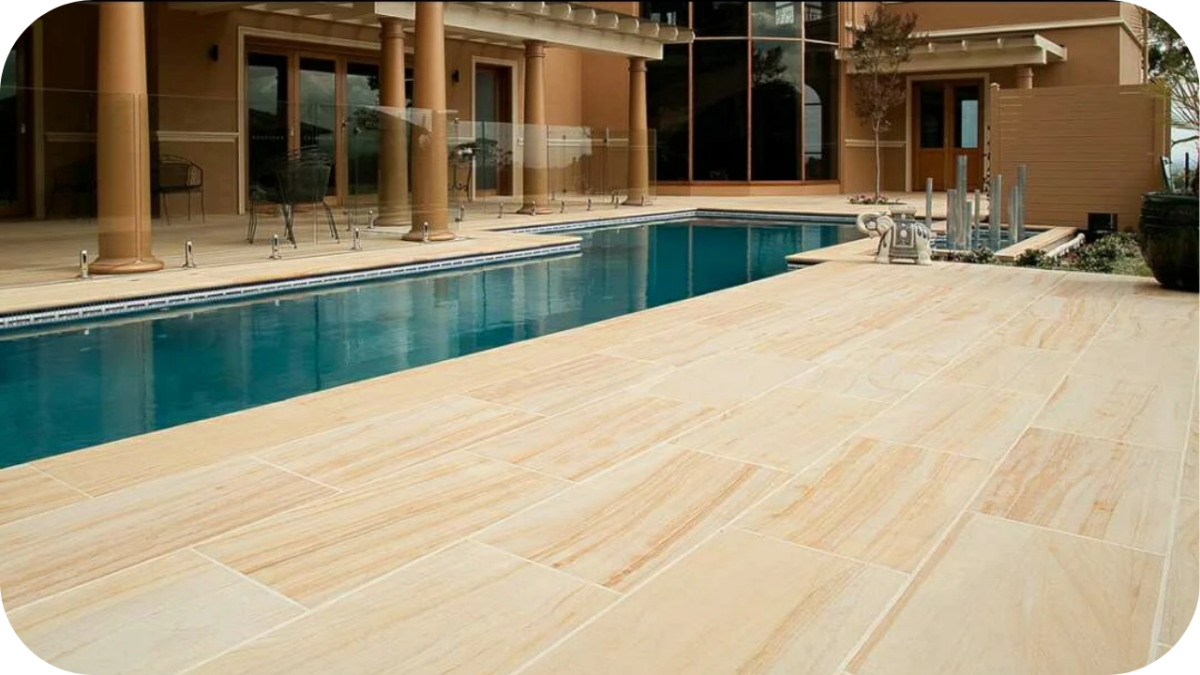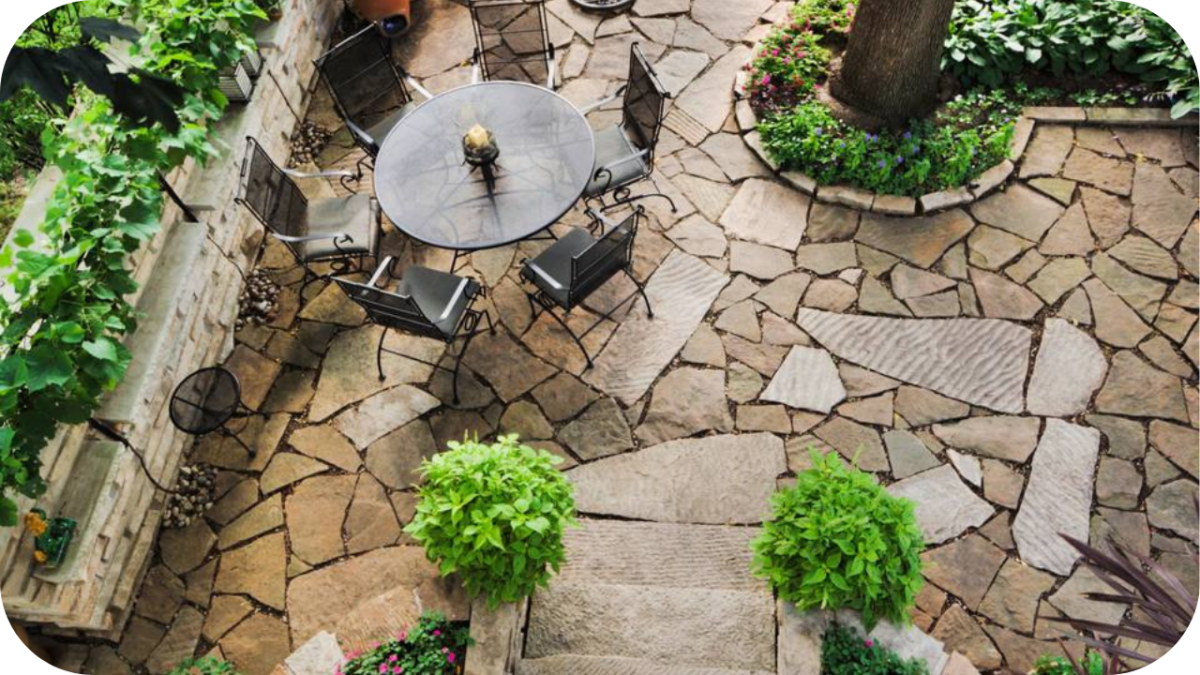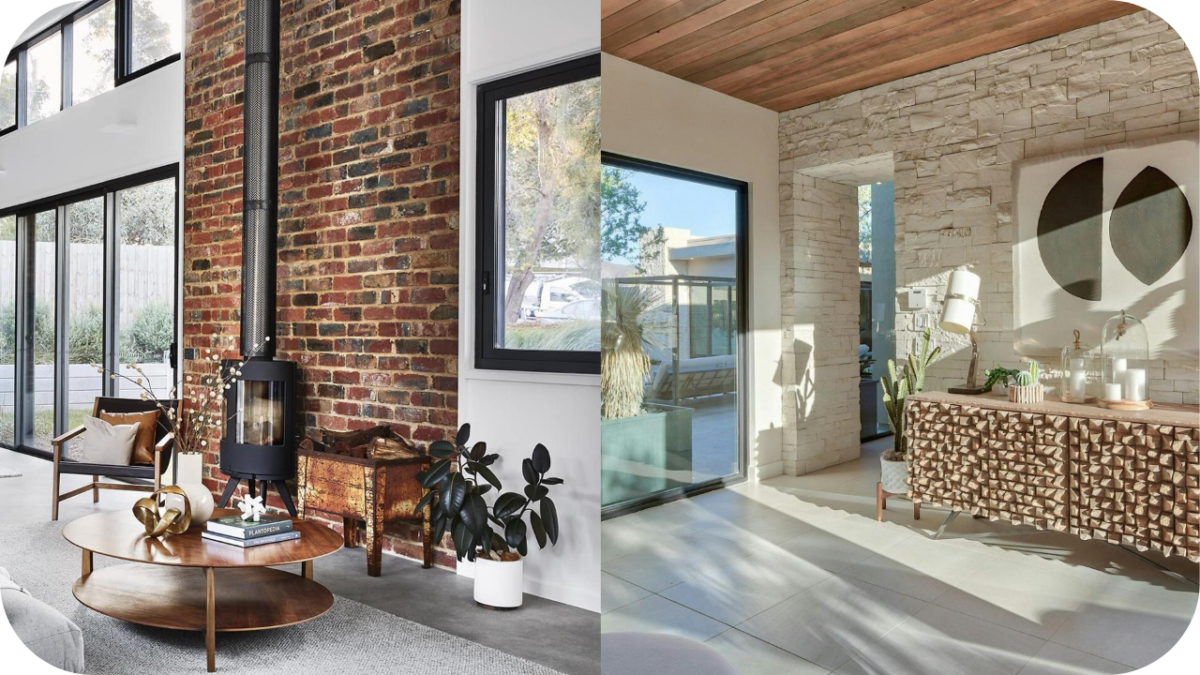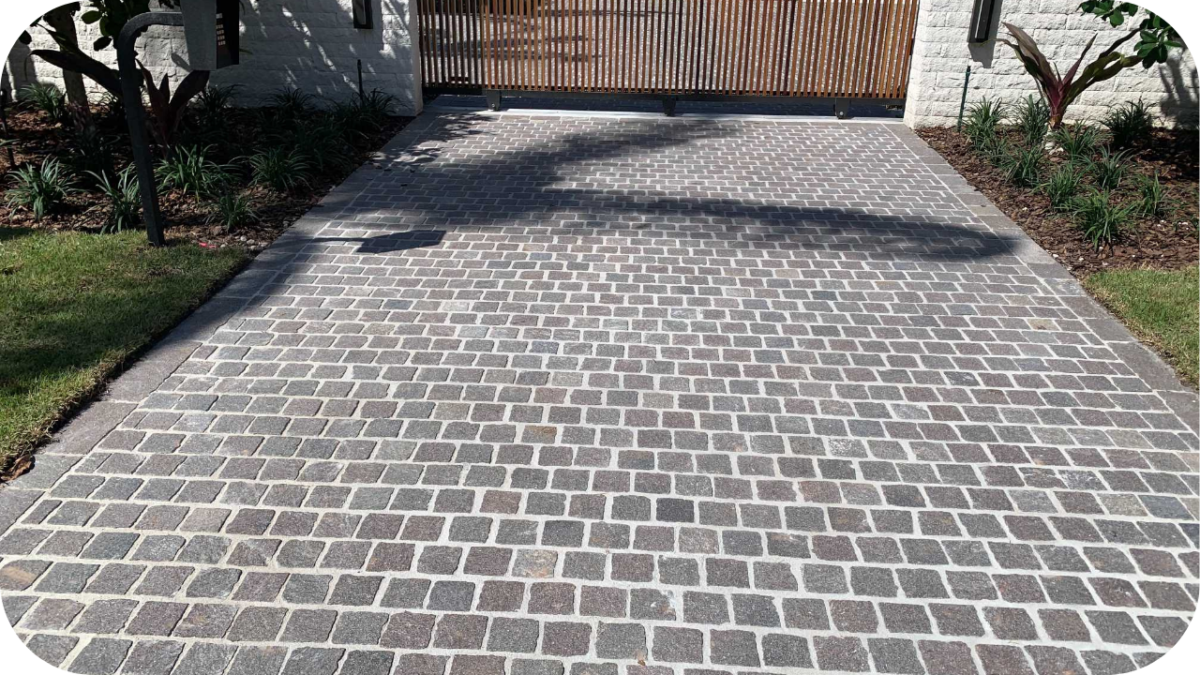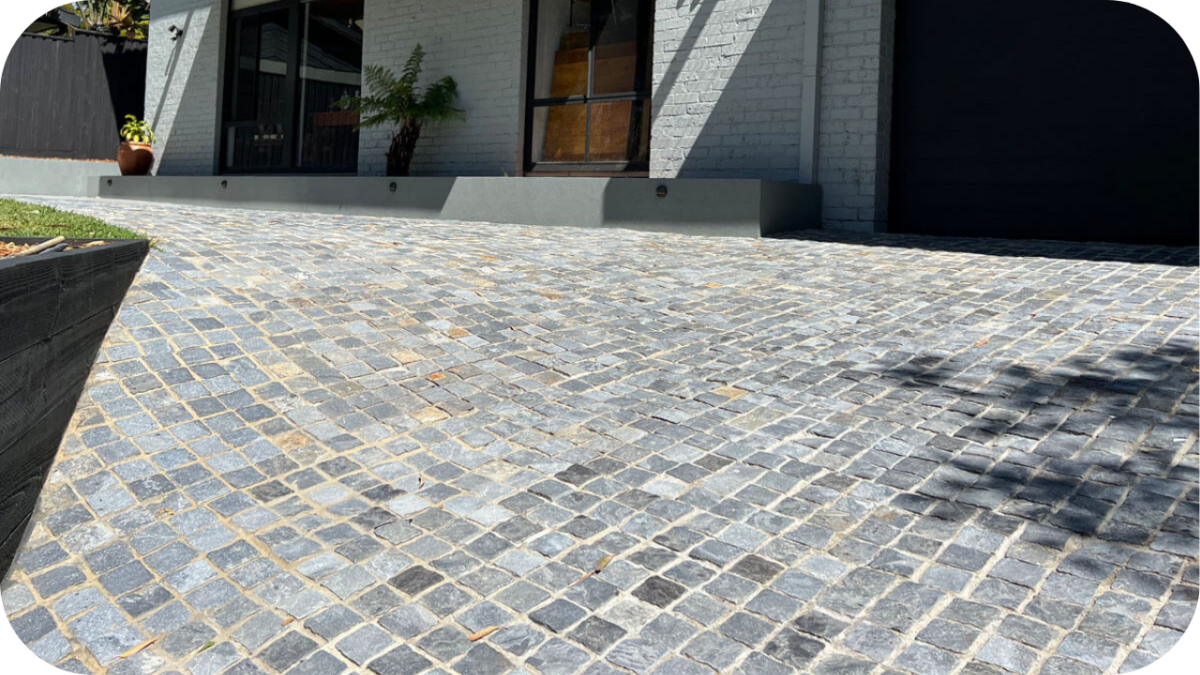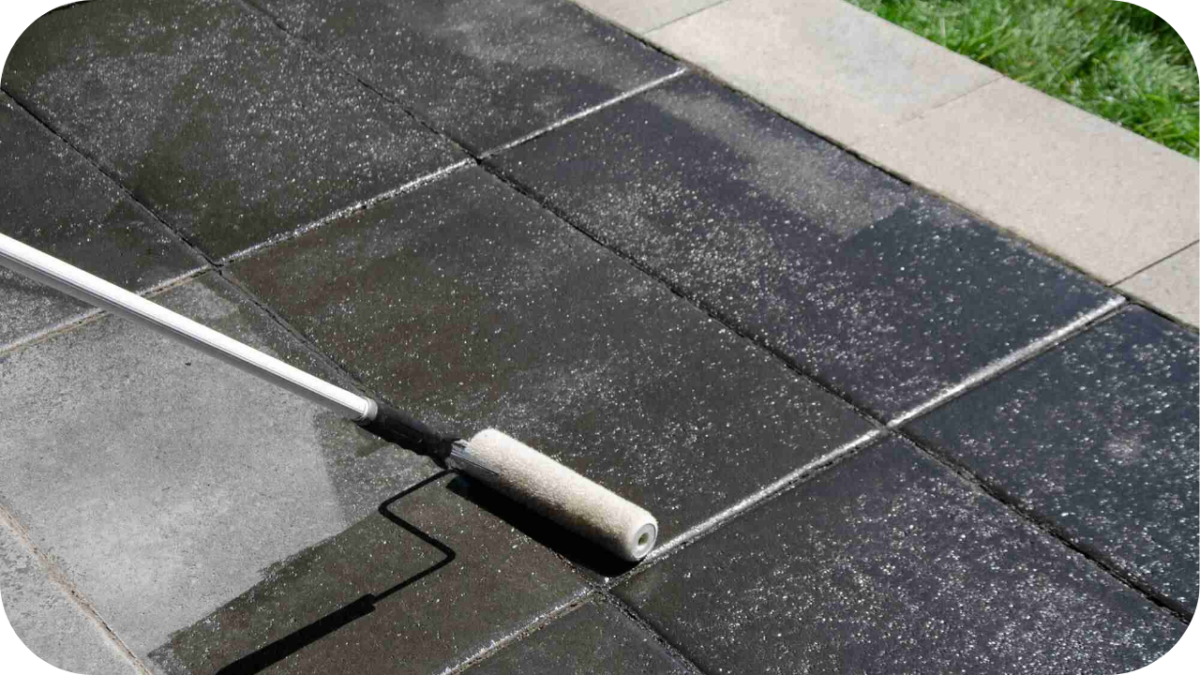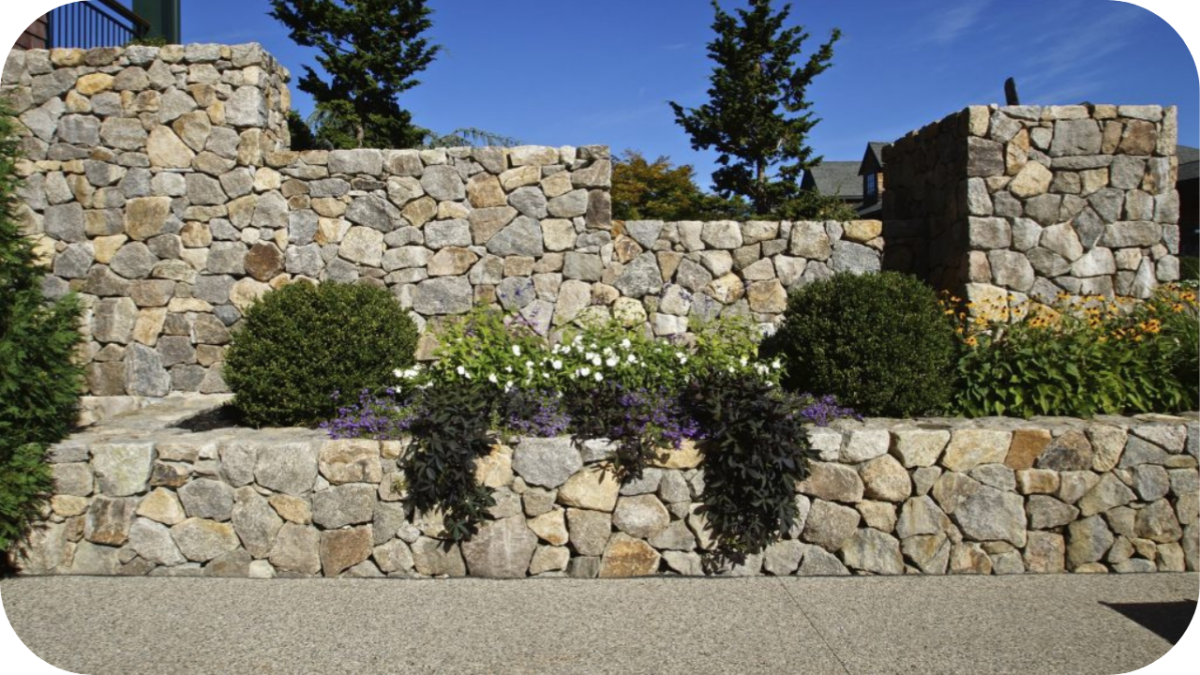The Best Sustainable Stone Options for Green Building Projects
The building sector accounts for nearly 40% of global carbon emissions, and material choices play a huge role in that impact.
Keep using resource-heavy materials, and we’ll keep draining the planet. It’s that simple. The cost? Our environment, our wallets, and our future!
That’s why smart builders are turning to sustainable stone, beautiful, durable, and eco-friendly.
In this guide, we’ll unpack the best options for green projects, from reclaimed pieces to low-impact natural stones that deliver both style and sustainability.
Why Choose Sustainable Stone for Green Building?
Sustainable stone offers a combination of durability, environmental responsibility, and visual appeal, making it a preferred choice for eco-conscious construction.
Unlike many synthetic materials, stone is a natural product with a long lifespan, which reduces the need for frequent replacements and minimises waste. Its ability to be reclaimed and repurposed further enhances its environmental value.
Stone’s thermal mass properties can contribute to energy efficiency, helping regulate indoor temperatures and reducing the reliance on heating or cooling systems. When sourced from local or responsibly managed quarries, it supports regional industries while lowering transport-related emissions.
In addition to its functional benefits, sustainable stone provides timeless beauty that suits both traditional and modern designs. Choosing stone for your green building project means selecting a material that performs well, has a lower environmental impact, and adds enduring character to any structure or landscape.
Key Factors to Consider When Selecting Sustainable Stone
Selecting the right sustainable stone goes beyond looks. These key factors help achieve eco-friendly, stylish, and long-lasting walling and paving.
- Source and Origin: Where your stone is sourced influences its environmental footprint. Local supply reduces transport emissions and supports community industries. Check that quarrying methods meet responsible environmental guidelines.
- Energy Efficiency: Sustainable stones often provide excellent thermal mass benefits. They help maintain consistent indoor temperatures naturally. This can cut down on heating and cooling demands significantly.
- Maintenance Needs: Low-maintenance stones require minimal chemical treatments. This lowers environmental harm and simplifies upkeep. Opt for materials that remain attractive without frequent intervention.
- Recyclability and Reuse: Some stones can be reclaimed or repurposed after their first use. This reduces landfill waste and maximises resource efficiency. Always assess the stone’s end-of-life potential.
- Durability in Local Climate: Stone performance can vary in different climates. Select materials proven to withstand Australian conditions without compromising structure or appearance. This ensures long-term sustainability.
- Compatibility with Other Eco-Friendly Materials: Choose stones that integrate well with sustainable construction elements. They should pair effectively with recycled timber, eco-friendly mortar, and low-impact finishes. This creates a cohesive green design.
Top Sustainable Stone Options for Green Building Projects
These sustainable stone options deliver strength, style, and environmental benefits, perfect for long-lasting walling and paving in Australian projects.
1. Granite
Granite stands out for its incredible durability and ability to resist wear in high-traffic areas. Locally sourced granite reduces transport emissions, supporting sustainability.
Its dense structure makes it ideal for both walling and paving projects that demand strength. Granite like Buffalo Granite offers a striking look with reliable performance, making it an eco-conscious choice for builders aiming for longevity and style.
2. Limestone
Limestone offers natural elegance with soft, earthy tones that suit both modern and traditional projects. It requires less energy to process, reducing its carbon footprint. Highly versatile, it works beautifully for retaining walls, cladding, and paving.
Splendour in Stone’s Barwon Limestone delivers refined texture and local character, making it a sustainable and stylish option for environmentally conscious walling and landscaping designs.
3. Sandstone
Sandstone provides timeless charm with excellent drainage and natural insulation properties. It performs well in diverse climates, making it a practical and sustainable choice. Its warm tones enhance both residential and commercial spaces.
Example like Charlotte Sandstone combines beauty and durability, offering an eco-friendly walling solution that blends seamlessly with outdoor landscapes while reducing environmental impact.
4. Travertine
Travertine is known for its light tones, which stay cool underfoot and enhance outdoor comfort. It is minimally processed, making it a more sustainable stone option.
Perfect for pool surrounds, patios, and alfresco spaces, it also offers excellent longevity. Splendour in Stone’s Pearl Travertine delivers a luxurious yet eco-conscious finish, ideal for stylish walling or paving that aligns with green building principles.
5. Bluestone
Bluestone is durable and visually striking with its blue-grey tones. It stands up to heavy wear and Australia’s harsh outdoor conditions. Its longevity reduces the need for replacements, supporting sustainability.
Urban Bluestone offers a contemporary finish for walling and paving, delivering both safety and style for eco-conscious designs without compromising performance in demanding environments.
6. Quartzite
Quartzite is a high-density stone prized for resilience and weather resistance, ideal for outdoor sustainable spaces. Its textured surface and strong structure resist erosion and thermal variation, making it a practical, long-lasting solution. Locally selected quartzite helps reduce embodied carbon and supports greener building choices.
7. Reclaimed Stone
Reclaimed stone reuses materials from previous structures, cutting waste and the need for new quarrying. Every piece carries a unique history and character.
It offers unmatched sustainability without sacrificing style or performance. Reclaimed Hawthorn provides rich textures and warm tones, making it a perfect choice for environmentally friendly walling or paving projects that value heritage as much as sustainability.
Design Inspiration for Eco-Friendly Projects Using Stone
Stone offers endless possibilities for creating stylish spaces that also respect the environment. Here are inspiring ideas for sustainable designs worth considering.
- Feature Walls: Limestone and sandstone are popular choices for feature walls, adding texture and warmth to both interiors and exteriors. Locally sourced options reduce transport emissions and support regional suppliers. These walls work beautifully in modern, rustic, and heritage-style homes.
- Pathways: Reclaimed stone and bluestone create durable, visually striking pathways. They repurpose existing materials, reducing demand for new quarrying while adding character. Ideal for gardens, courtyards, and heritage properties.
- Outdoor Kitchens: Granite and quartzite offer hard-wearing, low-maintenance surfaces perfect for outdoor kitchens. Their durability extends the lifespan of installations, reducing replacement needs. They suit both sleek modern layouts and robust, rustic designs.
- Paving Areas: Quartzite and granite are excellent for sustainable paving in patios, courtyards, and driveways. Their strength ensures a long service life, reducing waste. Both stones offer colour variations to suit different architectural styles.
- Pool Surrounds: Bluestone and granite provide comfort underfoot around pools. Locally sourced materials help lower the project’s environmental footprint. Their neutral tones complement various landscaping styles.
- Garden Steps: Sandstone and granite make sturdy, attractive garden steps. They integrate naturally into landscaped spaces, blending with greenery. Choosing locally quarried stone supports sustainable building practices.
Maintenance Tips to Maximise Longevity and Sustainability
Caring for sustainable stone correctly extends its life. These maintenance tips keep your walling and paving strong, stylish, and eco-friendly.
- Clean with pH-Neutral Solutions: Harsh cleaners can damage stone surfaces over time. Opt for pH-neutral products to protect texture and finish. Regular gentle cleaning preserves the stone’s natural beauty.
- Seal Where Necessary: Some stones benefit from sealing to resist stains and moisture. Use eco-friendly sealants when possible. Reseal periodically to maintain protective performance.
- Inspect Regularly for Damage: Small chips or cracks can worsen quickly. Address them early to avoid costly repairs. Frequent checks keep your stone in top condition.
- Avoid High-Pressure Cleaning: Strong water pressure can erode stone surfaces. Choose low-pressure rinsing for safe cleaning. This prevents unnecessary wear while keeping areas fresh.
- Use Protective Mats or Pads: Furniture or heavy items can scratch or chip stone. Adding mats or pads reduces direct impact. This simple step helps preserve the surface.
- Keep Surrounding Areas Clear: Overhanging plants or pooling water can damage stone. Maintain clear drainage and trim foliage nearby. This minimises moisture retention and organic build-up.
Why Choose Splendour in Stone for Sustainable Projects
Splendour in Stone offers a carefully selected range of stone products that meet the demands of both design and sustainability. The company prioritises sourcing from reputable suppliers who follow responsible quarrying practices, ensuring minimal environmental impact.
Many products are available in reclaimed or locally sourced options, helping to reduce transport emissions and support Australian industries.
With years of experience in supplying stone for residential and commercial projects, Splendour in Stone understands the balance between aesthetic appeal and environmental responsibility.
The team provides expert advice on selecting the right stone for long-term durability and minimal maintenance, ensuring your investment stands the test of time.
Whether you are creating a contemporary outdoor space or restoring a heritage property, Splendour in Stone can supply materials that align with your sustainability goals. By choosing their products, you contribute to greener building practices without compromising on quality, strength, or timeless style.
Conclusion
Sustainable stone blends beauty, strength, and responsibility, making it the smart choice for eco-conscious walling and paving. From reclaimed textures to durable, low-impact options, every selection shapes a greener future while elevating your project’s style.
Ready to build with materials that last and protect our planet? Explore Splendour in Stone’s sustainable range today and bring your vision to life with stone that’s as timeless as it is environmentally friendly.

